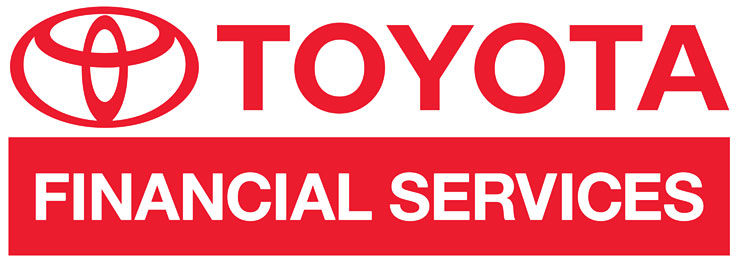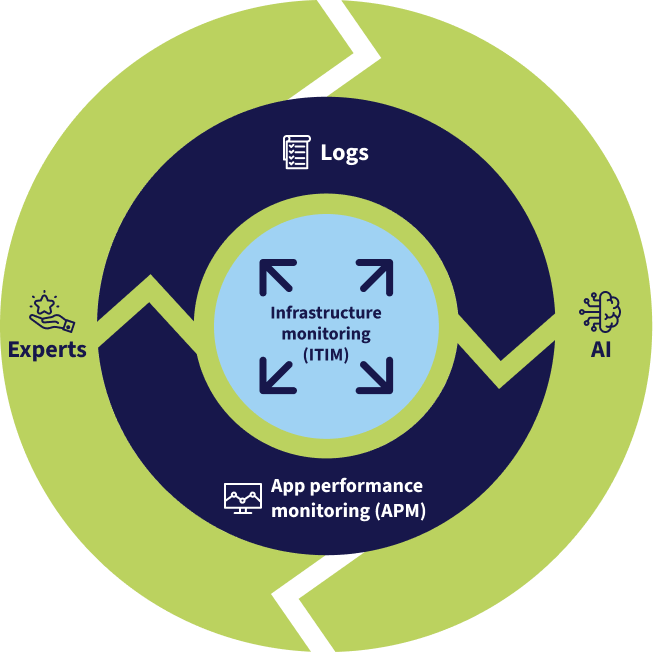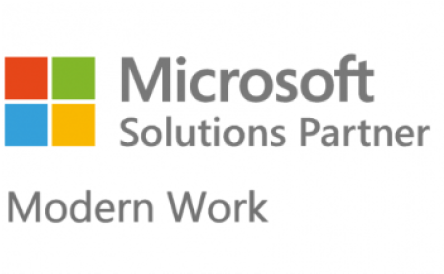The expert extension to your tech team
Cut through the complexity and cost of managing your hybrid environment with bluesource. Delivering the expertise you need, when you need it.

Join the 100s of companies who trust bluesource
Recognised by Gartner as a notable third-party support provider for Microsoft

Are you frustrated with services that don‘t adapt as your business grows? Our MSP+ model is a continuous product-centric service using a modern approach that combines the traditional split of consulting and application managed services, for support that delivers.
Support that
delivers
Our people-first approach, underpinned by retrieval-augmented AI, helps drive efficiencies and boosts productivity.


Maximise your tech investment
Extend support and delivery across your cyber, cloud and Microsoft challenges.

reliance on the M365 Platform
.svg)
regulatory
requirements

security breaches
.svg)
and cost savings
.svg)
productivity














Get ahead of issues with the bluesource observability platform
By understanding your dependencies and using an AI-Augmented solution we're able to deliver an efficient and proactive approach to infrastructure and cloud monitoring. Our experts can quickly identify issues and offer the best resolutions for you.

Experts you can trust

support centre

accreditations






.png?width=200&height=68&name=campari-group-logo%20(1).png)
Campari Group improves security, access for its 1,000+ third-party contractors worldwide through Azure Virtual Desktop
Expertise in your inbox
Your fast track to the must-know tech news. Stay up to date without trawling the web.
Explore more resources
Your trusted partner

.webp?width=492&height=274&name=image%2018%20(1).webp)
.webp?width=477&height=274&name=image%2018%20(2).webp)




